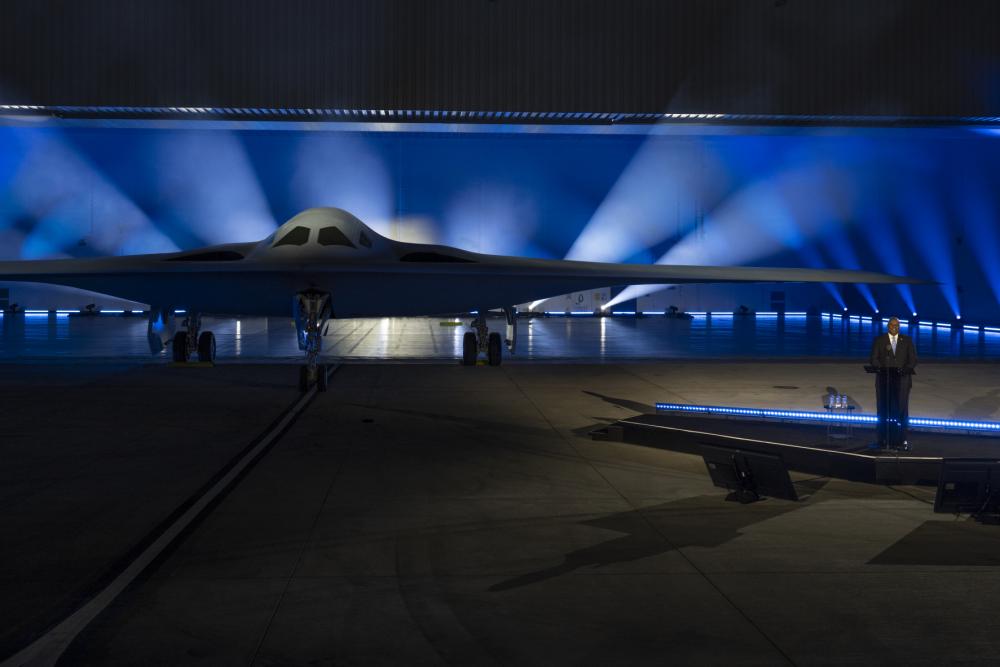
Sea state
A new report to the US Congress has found that China’s naval modernisation program has substantially improved the capabilities of the People’s Liberation Army Navy. The PLAN is already the largest navy in the world in terms of numbers of vessels and it’s expected to expand by nearly 40% by 2030. The combined effects of expansion and modernisation will pose a major challenge to the US’s ability to achieve and maintain control in the Western Pacific in the event of a conflict, even as it steps up its strategy of integrated deterrence in the region.
Despite the New Zealand Defence Force promising an investment of NZ$90 million to improve the wages of its members over the next four years, a third of the Royal New Zealand Navy fleet has been ‘indefinitely’ docked due to a workforce crisis that has left the service without enough sailors to crew the vessels. New Zealand’s navy labour shortage comes at an inopportune time as tensions continue to rise between China and the US and its allies in the Pacific.
Flight path
The US Air Force has revealed the B-21 Raider, America’s first new bomber aircraft in more than 30 years. There are currently six in production, with plans to build up to 100. Once in service, the stealth bomber will be able to deploy nuclear or conventional weapons in a crewed or uncrewed manner. There has been speculation that the bombers could be deployed in Australia or even that Australia might seek to purchase some.
The United Kingdom, Japan and Italy will be cooperatively developing a sixth-generation fighter jet, under a project named the Global Combat Air Programme. The British government has announced that the development of the warplane will begin in 2024 and it is expected to be in the air by 2035. Although all three countries are part of the US fifth-generation F-35 fighter program, this new project will see the partners developing the new jet without the assistance of the US.
Rapid fire
A Brazilian judge has suspended the signing of a contract with CIO, an Italian consortium, for the delivery of 98 Centauro II anti-tank armoured vehicles to the Brazilian Army. The decision came in the wake of a lawsuit that argued the US$946 million contract could not be justified while the national education and health budgets were being heavily cut. The suspension will force Brazil to continue relying on its 400 ageing EE-9 Cascavels, which are currently being upgraded, as its principal tank-destroyer fleet.
The US is seeking to drastically ramp up monthly production of 155-millimetre artillery shells over the next three years as donations to Ukraine drain its stocks of the ammunition. According to Doug Bush, the US Army’s assistant secretary for acquisition, technology and logistics, funding is already available to triple 155-millimetre shell production by 2025. The tripling of production will allow the army to restore its stocks to beyond pre-Ukraine-conflict levels, improving its readiness for future conflict.
Final frontier
With the successful splashdown of the Orion spacecraft off the coast of Mexico last Sunday, the first stage of the NASA-led Artemis moon exploration program came to a close. While the results of NASA’s post-flight assessment won’t be announced until analysis of the mission’s flight data is completed, initial indications are that the mission was a success. With greater confidence in the new rocket technology, the next stages of the Artemis program are set to be a crewed fly-by of the moon in 2024 and a return to the lunar surface in 2025.
Last Friday, China successfully performed its first ‘hot launch’ of a Long March rocket from a mobile platform in the Yellow Sea. While China’s previous sea-based launches have used a separate system to launch the rocket from the platform before the engines take over (a ‘cold launch’), this launch was entirely powered by the rocket’s own exhaust. Further use of sea-platform hot launches could provide additional flexibility to China’s space industry, taking pressure off the country’s five land-based launch sites.
Wired watchtower
A Chinese-government-backed hacking group known as APT41 raided US government coronavirus relief funds and stole at least US$30 million, the US Secret Service revealed last week. APT41 is alleged to be a prolific criminal group that has for years conducted cyber intrusions on behalf of the Chinese government while also dabbling in data breaches for personal gain. John Hultquist, an intelligence analyst at the cybersecurity firm Mandiant, says the targeting of government relief funds is something he has not seen APT41 do before.
The Canadian branch of the human rights group Amnesty International says it was a target of a sophisticated cyberattack linked to the Chinese government. Amnesty Canada’s secretary-general, Ketty Nivyabandi, detailed the hack, saying it was first detected on 5 October and left all email and organisational systems offline for nearly three weeks, causing a ‘significant impact’ on operations. In a statement, Nivyabandi said the cyberattack revealed the ‘increasingly dangerous context’ that activists, journalists and civil-society organisations must navigate.

